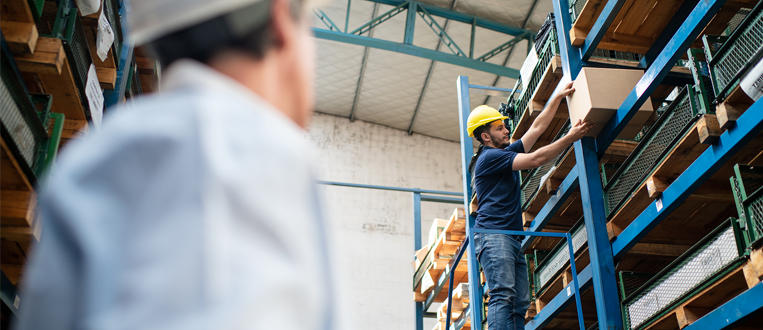Manufacturing Innovation Blog
Powered by the Manufacturing Extension Partnership

This blog is part of a series on compliance with federal child labor laws in manufacturing.
Our nation’s foundational child labor laws – provisions of the Fair Labor Standards Act of 1938 (FLSA) – were passed to ensure that when children work, that work doesn’t jeopardize a child’s safety, welfare, or educational opportunities. Yet at the federal level, the U.S. Department of Labor has uncovered an alarming increase in violations of the Fair Labor Standards Act’s child labor provisions. In February 2023, the Department’s Wage and Hour Division, which enforces federal child labor laws, launched a National Strategic Enforcement Initiative on Child Labor to combat the most egregious and systemic child labor violations. The success of this noble undertaking to protect our nation’s children depends on all of us working together.
State child labor laws have also been in the news across the country, with some states strengthening state-level protections as other states weaken them. These changes to state child labor laws can be confusing to employers who need to comply with both state and federal labor laws. We are here to help employers understand their responsibilities under the federal law.
There’s a simple principle to follow no matter where your company operates: the law that provides the greatest worker protections applies. In other words, if the employer is subject to the FLSA, then the FLSA sets a floor on wages, hours, and child labor standards; state laws can provide more protection than the FLSA, but states cannot provide lesser protections. If state laws are weaker than those provided under federal labor laws, the federal labor law prevails.
To demonstrate how this works, imagine these examples of an employer operating in two states, one with more protective child labor laws and one with less:
- In the state with more protective laws, under state law employers are prohibited from allowing 16- and 17-year-old workers to perform any work on a ladder. Federal law does not prohibit 16-and 17-year-olds from working on ladders but does prohibit workers in this age group from performing types of similar or related work, including working on or about a roof or operating power-driven hoisting apparatuses, such as elevators, cranes, or derricks. Federal law, however, prohibits 14- and 15-year-olds from performing work on ladders or scaffolds. In this example, the employer would not be permitted to employ any child, including a 16- or 17-year-old to work on a ladder in that state because the state law is more protective.
- In the state with less protective laws, under state law, employers are permitted to allow 16- and 17-year-old workers to operate and unload trash compactors. Federal child labor law, however, prohibits 16- and 17-year-olds from operating and unloading such machines, regardless of the type of business or establishment where it is operated. Therefore, in this example, despite the state law, 16- and 17-year-olds would not be permitted to operate or unload these machines because the federal law is more protective.
The Labor Department’s Wage and Hour Division has a helpful guide to state labor laws – including child labor laws. We urge manufacturing employers and employees to familiarize themselves with applicable state and federal laws, especially the child labor regulations on employment/age certification and non-farm employment. Employers can also visit our state labor offices webpage to find the enforcement agency in their state.
We also encourage manufacturers to visit our child labor resources for employers for additional compliance assistance. Anyone with questions or concerns can call our toll-free helpline at 1-866-4-US-WAGE (487-9243). We can speak with callers in more than 200 languages, and it’s important to know that the federal labor laws we enforce protect workers regardless of their immigration status.
Protecting children in the workplace is the Wage and Hour Division’s top priority. We know safe jobs allow young people to develop skills, earn money, and gain valuable experience, but no job should jeopardize a young person’s safety and well-being. We need manufacturers to prioritize this critical issue. Your compliance is essential to keeping kids safe.

